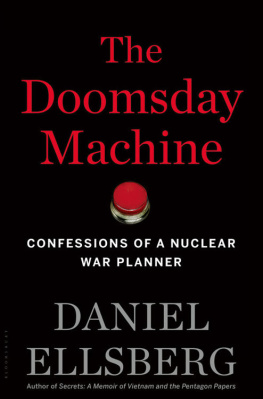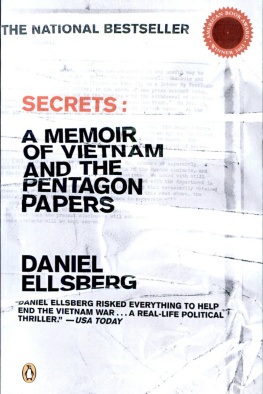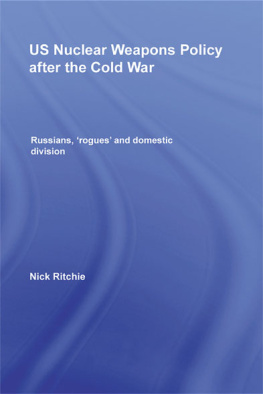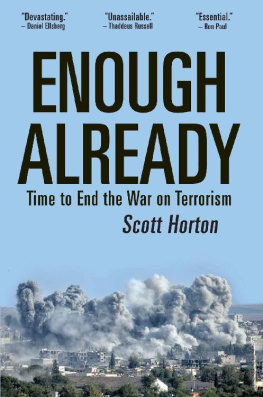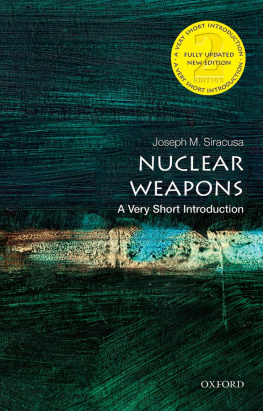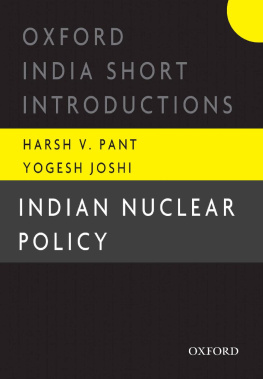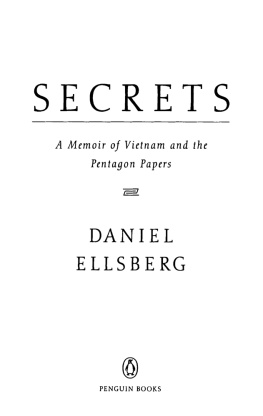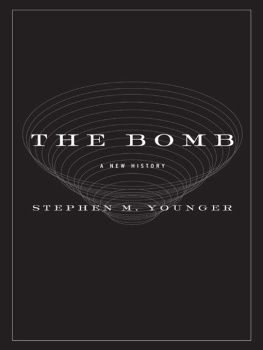

To those who struggle for a human future
BY THE SAME AUTHOR
Papers on the War
Risk, Ambiguity and Decision
Secrets: A Memoir of Vietnam and the Pentagon Papers


Contents
The unleashed power of the atom has changed everything save our modes of thinking, and thus we drift toward unparalleled catastrophe.
Albert Einstein, 1946
Madness in individuals is something rare;
but in groups, parties, nations, and epochs, it is the rule.
Friedrich Nietzsche
One day in the spring of 1961, soon after my thirtieth birthday, I was shown how our world would end. Not the earth itself, notso far as I knew then, mistakenlynearly all humanity or life on the planet, but the destruction of most cities and people in the northern hemisphere. What I was handed, in a White House office, was a single sheet of paper with a simple graph on it. It was headed Top SecretSensitive. Under that was For the Presidents Eyes Only.
The eyes only designation meant that, in principle, it was to be seen and read only by the person to whom it was explicitly addressedin this case, the president. In practice, it usually meant that it was seen by one or more secretaries and assistants as well: a handful of people, instead of the scores to hundreds who would normally see copies of a Top Secret document, even one marked sensitive, which meant that it was to be especially closely held for bureaucratic or political reasons.
Later, working in the Pentagon as the special assistant to the assistant secretary of defense, I often found myself reading copies of cables and memos marked Eyes Only for someone, even though I was not the addressee. And by the time I read this one, as a consultant to the Office of the Secretary of Defense, it was already routine for me to read Top Secret documents. But I had never before seen one marked For the Presidents Eyes Only. And I never did again.
The deputy assistant to the president for national security, Bob Komer, showed it to me. A cover sheet identified it as the answer to a question that President Kennedy had addressed to the Joint Chiefs of Staff a week earlier. Komer showed their response to me because I had drafted the question, which Komer had sent in the presidents name.
The question to the Joint Chiefs was this: If your plans for general [nuclear] war are carried out as planned, how many people will be killed in the Soviet Union and China?
Their answer was in the form of a graph. The vertical axis showed the number of deaths, in millions. The horizontal axis showed the amount of time, in months. The graph was a straight line, starting at time zero on the horizontal, with the vertical axis indicating the number of immediate deaths expected within hours of our attack, and then slanting upward to a maximum at six monthsan arbitrary cutoff for the deaths that would accumulate over time from initial injuries and from fallout radiation. The representation below is from memory; it was impossible to forget.

The lowest number, at the left of the graph, was 275 million deaths. The number on the right-hand side, at six months, was 325 million.
That same morning, I had drafted another question to be sent to the Joint Chiefs over the presidents signature, asking for a total breakdown of global deaths from our own attacks, to include not only the Sino-Soviet bloc but all other countries that would be affected by fallout as well. Komer showed it to me a week later, this time in the form of a table with explanatory footnotes.
In sum, another hundred million deaths, roughly, were predicted in Eastern Europe, from direct attacks on Warsaw Pact bases and air defenses and from fallout. There might be a hundred million more from fallout in Western Europe, depending on which way the wind blew (a matter, largely, of the season). But regardless of the season, another hundred million deaths, at least, were predicted from fallout in the mostly neutral countries adjacent to the Soviet bloc and China, including Finland, Sweden, Austria, Afghanistan, India, and Japan. Finland, for example, would be wiped out by fallout from U.S. ground-burst explosions on the Soviet submarine pens in Leningrad.
The total death toll as calculated by the Joint Chiefs, from a U.S. first strike aimed at the Soviet Union, its Warsaw Pact satellites, and China, would be roughly six hundred million dead. A hundred Holocausts.
I remember what I thought when I first held the single sheet with the graph on it. I thought, This piece of paper should not exist. It should never have existed. Not in America. Not anywhere, ever. It depicted evil beyond any human project ever. There should be nothing on earth, nothing real, that it referred to.
One of the principal expected effects of this planpartly intended, partly (in allied, neutral, and satellite countries) undesired but foreseeable and accepted collateral damagewas summarized on that second piece of paper, which I held a week later in the spring of 1961: the extermination of over half a billion people.
From that day on, I have had one overriding life purpose: to prevent the execution of any such plan.
There was a secret well-kept during the two years I was under indictment for copying the Top Secret Pentagon Papers and during the two years of Watergate investigations that followedand for more than forty years since. On my defense team during the trial, it was known, aside from by me, only by my principal attorney, Leonard Boudin. Not by his associate lawyers; not by my co-defendant, Tony Russo; not even by my wife, Patricia.
During my trial in Los Angeles I was often asked by reporters, in particular Peter Schrag, who was writing a book about the case, How much time did you spend copying? How long did it take? I always answered vaguely and changed the subject. A realistic estimate would have indicated that it was a lot longer than was necessary to copy the Pentagon Papers alone. It would have led to a question that I wanted to avoid then: What else did you copy?
The fact is that from the fall of 1969 to leaving the RAND Corporation in August 1970, I copied everything in the Top Secret safe in my officeof which the seven thousand pages of the Pentagon Papers were only a fractionand a good deal more from my several safes for files classified Secret or Confidential, perhaps fifteen thousand pages in all. I made several copies of each. I intended to disclose it all, not just the Pentagon Papers. That intent, along with the nature of these other documents, was the secret kept from the time of my copying until now.
Many of these other documents by Kissingers National Security Council staff.
Most of those who have heard my name at all in the past forty-seven years have known me only in connection with my release of the Top Secret study of U.S. decision-making in the Vietnam War that became known as the Pentagon Papers. They may also know that I came to have access to that study because I had helped produce it, and that I had earlier worked on Vietnam escalation in the Pentagon and then for the State Department in South Vietnam.
Next page
